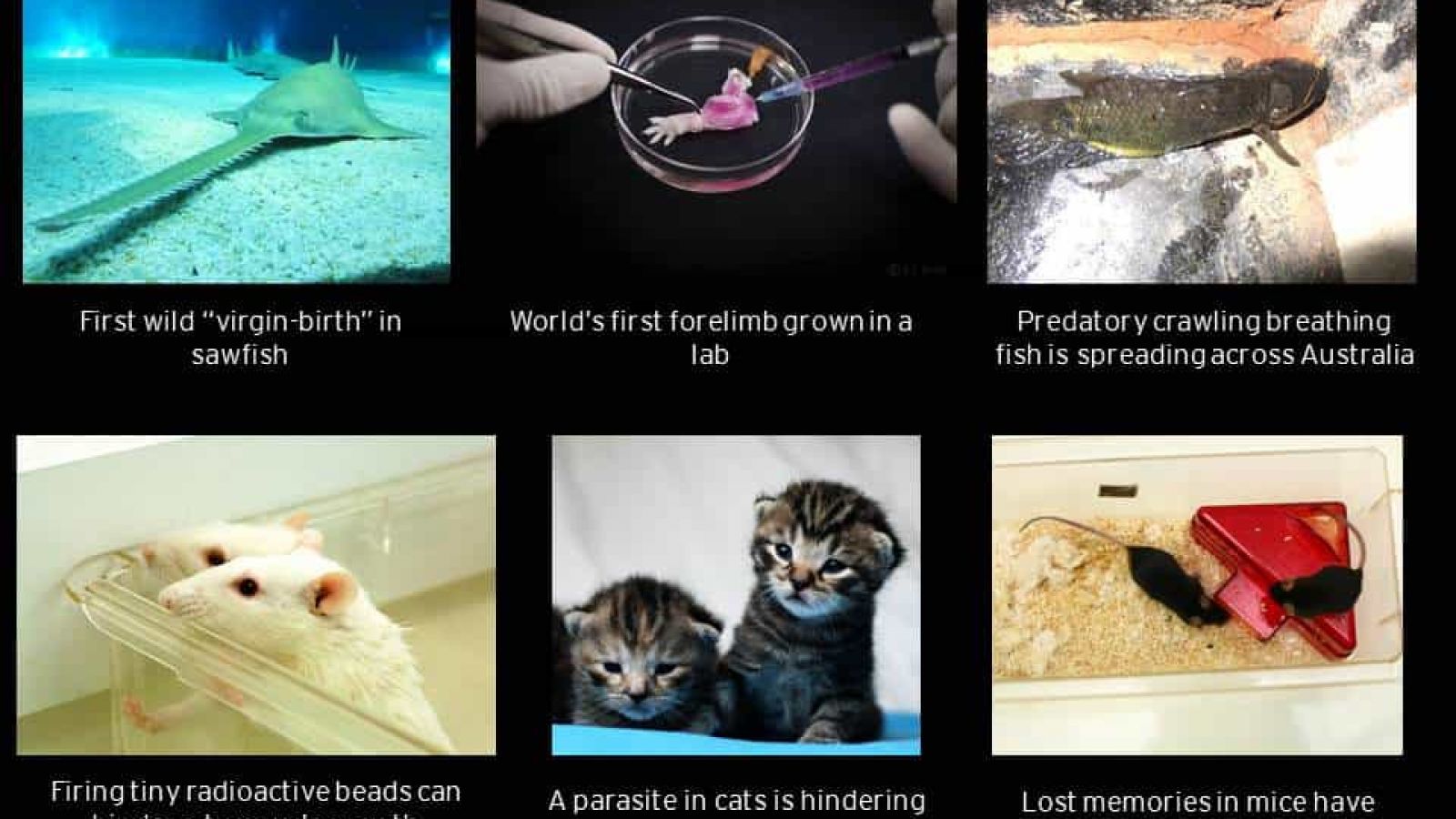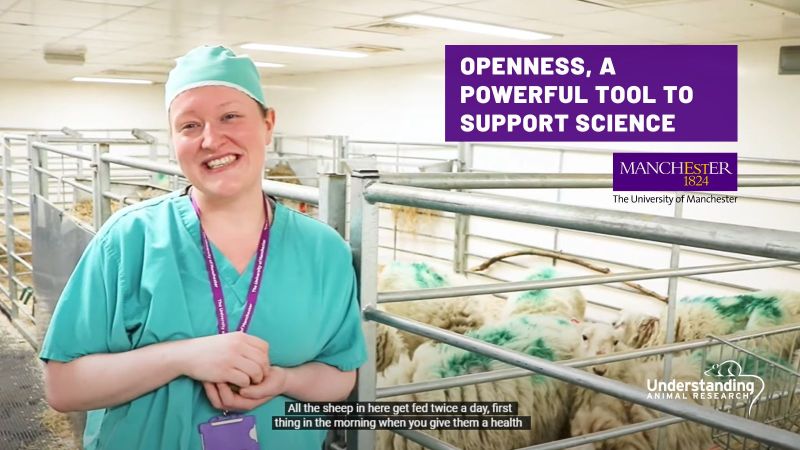01/06/15
Lost memories in mice have been restored, shedding new light on the mechanics of amnesia. The study suggests that during amnesia memories do remain intact, rather than being erased, but are unable to be recollected. The study used blue light to stimulate 'memory engrams', neurons in the brain that are activated as memories are formed.
"The majority of researchers have favored the storage theory, but we have shown in this paper that this majority theory is probably wrong," researcher Susumu Tonegawa of the Massachusetts Institute of Technology said. "Amnesia is a problem of retrieval impairment," the Nobel Prize-winning scientist said.
http://news.yahoo.com/scientists-restore-lost-memory-mice-s…
Firing tiny radioactive beads can dramatically hinder a tumour's growth, according to a new study in 530 patients with liver tumours. The study found that the treatment halted the growth of liver tumours for almost eight months longer than chemotherapy alone. The findings were presented at the annual meeting of the American Society of Clinical Oncology (ASCO) in Chicago by Associate Professor Peter Gibbs of The Royal Melbourne Hospital in Australia.
Preclinical work on this technique, known as "selective internal radiation therapy (SIRT)" has been conducted in rats and mice.
http://www.independent.co.uk/…/cancer-research-shows-tiny-r…
02/06/15
Parthenogenesis, or 'virgin births' have often been observed in captive animals, but now scientists have found the first example of virgin-born animals living in the wild. Scientists from Stony Brook University discovered the phenomenon during population surveys of the critically endangered smalltooth sawfish in Florida estuaries.
"We were conducting routine DNA fingerprinting of the sawfish found in this area in order to see if relatives were often reproducing with relatives due to their small population size," said, Andrew Fields, the study's first author. "What the DNA fingerprints told us was altogether more surprising: female sawfish are sometimes reproducing without even mating."
http://www.bbc.co.uk/news/science-environment-32958033
Australia's getting concerned about a fish out of water. The climbing perch (Anabas testudineus) uses its spines to drag itself over land. It has both lungs and gills allowing it to breath on land, making one wonder if it shares a common ancestor with Kevin Costner's character in Waterworld. They use their flexible gill covers to choke their prey.
Dr Waltham said:
"Their gill covers, they can flex them out and get caught in the throats of fish and birds, so that leads to the animal dying,"
"When they populate an area they’re not commonly found in, they can disrupt the balance of that habitat. That’s why we’re working with Torres Strait authorities to make sure they don’t spread further south.”
http://www.mirror.co.uk/…/watch-terrifying-breathing-fish-c…
Toxoplasma gondii, a single-celled parasite that lives in the gut of cats and infects one third of the human population, may be negatively affecting school children's performance. The parasite, which is spread through contact with cat faeces, hides in brain cells and muscles, often without any other symptoms. A study by the University of Iowa suggests it may be affecting cognitive abilities in children, but that vitamin E supplements could reverse the effect.
"Serum vitamin E seems to modify the relationship between the parasite and verbal memory with greater Toxoplasma-associated memory impairment found in participants with lower vitamin E level.
"Future longitudinal studies are needed to confirm these findings and research could include trials to confirm a possible efficacy of vitamin E supplementation in improving cognitive impairment hypothetically associated with the infection."
http://www.telegraph.co.uk/…/Cats-make-children-stupid-stud…
04/06/15
For the first time, scientists have managed to grow a functional rat forelimb in a lab form living cells. Many amputees receive artificial replacements, but don't function as well as real limbs. Bionic replacement limbs work well but look unnatural. Hand transplants have also been successful, but the recipient needs lifelong immunosuppressive drugs to prevent their body rejecting the hand. This biolimb offers hope that one day amputees may receive fully functional, biological replacement limbs. It gets round many of these obstacles as it only contains cells from the recipient so would avoid the need for immunosuppression and should also look and behave naturally.
Last edited: 9 March 2022 14:47




